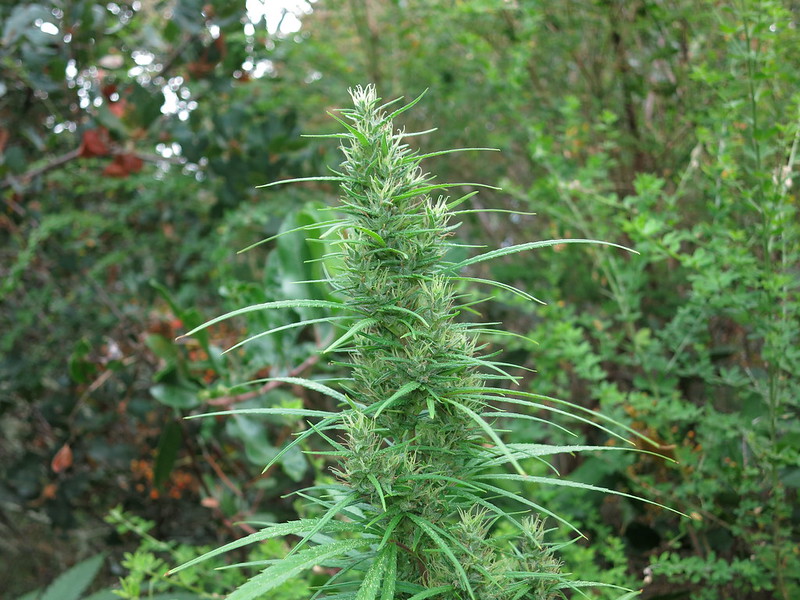mexicani-ar
Well-known member
I want to get Coco Genes Kerala, I have the Rasol Himachal Pradesh by Coco Genes.
 .
. got my beans from indian landrace exchange via the ace homepage.
at what time can i expect the keraka to show sex? any chance they show sex early in veg?
G'day gentlemen and gentleladies. this is my first post on here, long time reader
If i wanted to find Kerala dominate f2 of Guerilla Gusto which is a mix of Himilayan thin leaf indicas and india equatorial Kerala.
what characteristics are different between the two since both Himilayan and Kerala have thin leaf looks, would the kerala dom ones be the longest flowering? what smells would i be looking for in stem rubs, and in male clusters of flowers?
thanks for the reply, so basically i have to grow out a large population and save all the pollen from males, along with letting females flower out and test smoke each one(whilst taking clones of each in veg to keep track and use the genetics later?)it depends on what kind of kerala traits you're looking for.
either way, point is, if you're interested in plants that have a high like kerale you'll have to judge them based on finished product, no way a seedling is going to tell you what it's high will be like..
thanks for the reply, so basically i have to grow out a large population and save all the pollen from males, along with letting females flower out and test smoke each one(whilst taking clones of each in veg to keep track and use the genetics later?)
Real Seed Co Kerala (Idukki), 2015 accession
[URL=https://www.icmag.com/ic/picture.php?albumid=61379&pictureid=2054886&thumb=1]View Image[/url] [URL=https://www.icmag.com/ic/picture.php?albumid=61379&pictureid=2054885&thumb=1]View Image[/url]
grower's photo, c. 15 weeks, organic soil, no liquid feed, 5 gallon pot indoors.
"Very strong mint garden spice aroma, very narrow leaves. The smell is so strong as strong as fresh picked garden mints and spices. Strong clean and happy smell."
Purple-blue colour indicates how the name "blue dreads" or "neelachadayan" came about. Others suggest this means "blue poison".
Covid-19 stopped our plans to get seed from our old-timer Keralan farmer source in Idukki this year. He still has fields up in the Western Ghat highlands along the Tamil Nadu - Kerala border.
A different grower got a plant from the same 2015 accession tested and it was c. 15% - 17% THC.
Here's a report from another plant, different grower again, but same accession:
[URL=https://www.icmag.com/ic/picture.php?albumid=61379&pictureid=2054901&thumb=1]View Image[/url]
"This was from the best of 5 ladies , very musky aroma/flavour with spicy undertones, and a soaring high which begins rather dense before smoothing into a creative and happy multi-hour trip. Final height was around 150cm in 6L coco coir and taken at ~16-17wks bloom."
Again, different grower, same accession:
[URL=https://www.icmag.com/ic/picture.php?albumid=61379&pictureid=2054902&thumb=1]View Image[/url]


Excellent smoke report ??. Thanks!
How is it in growth and effect compared to Manipuri?
I think that's why Kerala forms a xmas tree shape, whereas manipuri is more "stick shaped" when not pruned.
Thanks for the info!
I saw you said Kerala finished outdoors pnw (I'm this locale too) early Nov but I seem to recall Manipuri was much later. Is that correct? Did you get a purple Manipuri? I have the Mani freebies going outside, seems some are quite compact and closely beached and some going pole-like.